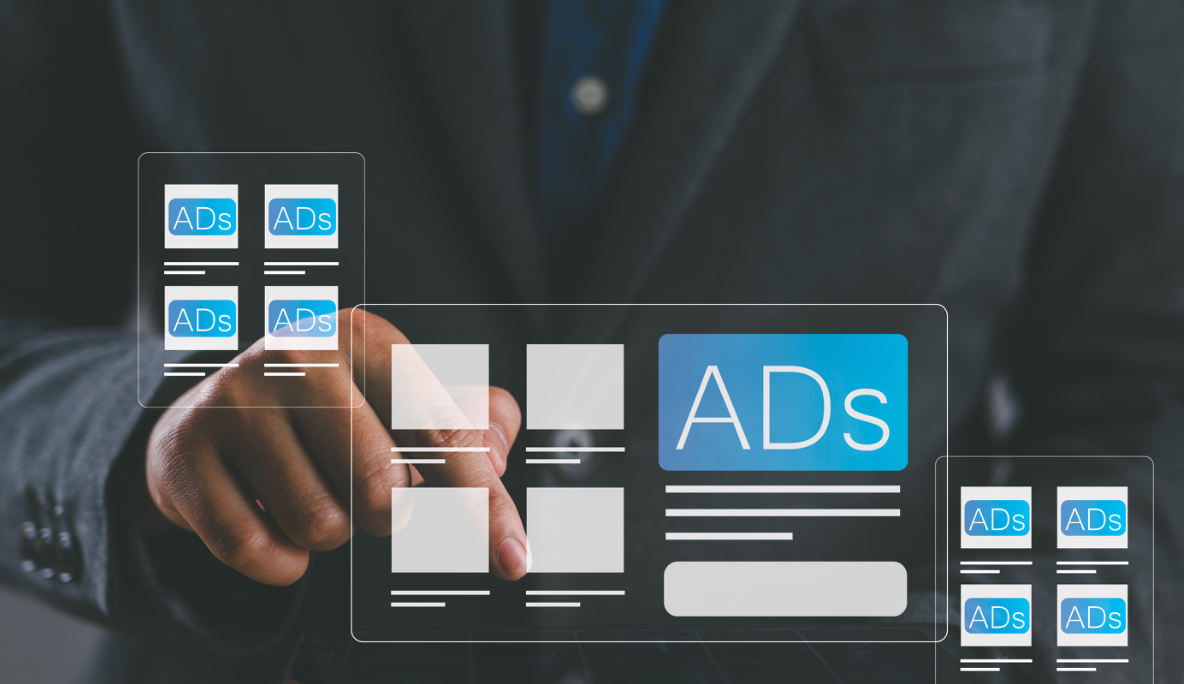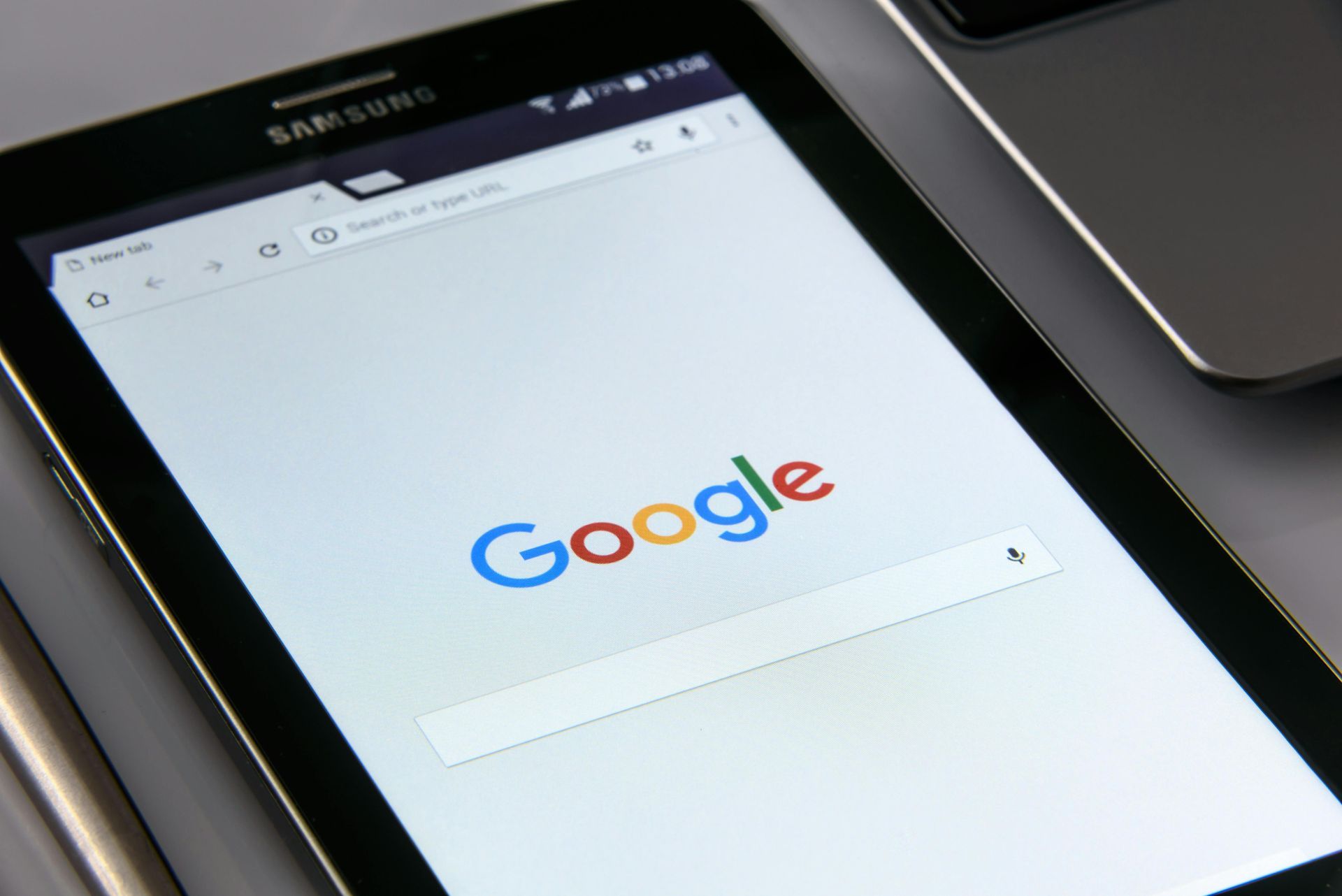Reducing Your Digital Ad Costs While Increasing Conversions
How smart businesses are cutting their advertising spend by 40% while doubling their results
If you're like most business owners, you've probably asked yourself: "Why am I spending so much on digital ads with so little to show for it?" You're not alone. The average business wastes 37% of their advertising budget on poorly optimized campaigns, ineffective targeting, and outdated strategies.
But here's the good news: with the right approach, you can dramatically reduce your ad costs while actually improving your results. After managing over $500,000 in ad spend across industries from healthcare to e-commerce, I've identified the exact strategies that separate successful campaigns from money pits.
The Hidden Cost Killers in Your Current Campaigns
1. Broad Targeting = Broad Waste
Most businesses make the fatal mistake of casting too wide a net. I recently audited a client's Google Ads account where they were targeting "business consulting" – a keyword with 2.3 million monthly searches but zero purchase intent.
The fix: We narrowed their targeting to "business process optimization consultant [city name]" and similar long-tail keywords. Result? Their cost-per-click dropped from $8.50 to $2.30, and their conversion rate increased
2. Set-and-Forget Syndrome
Digital advertising platforms change their algorithms constantly. What worked last month might be bleeding money today. Yet 73% of businesses review their ad performance less than once per month.
The 4-Pillar Framework for Cost-Effective Digital Advertising
Pillar 1: Strategic Audience Segmentation
Stop trying to sell to everyone. Start by creating detailed customer personas based on:
- Demographics: Age, location, income level
- Psychographics: Values, interests, pain points
- Behavioral data: Purchase history, website interactions
- Intent signals: Search terms, content engagement
Pro tip: Use Facebook's Audience Insights and Google's In-Market Audiences to identify high-intent prospects who are actively researching your services.
Pillar 2: Platform-Specific Optimization
Each advertising platform has its sweet spot:
Google Ads: Perfect for capturing high-intent searches
- Focus on long-tail keywords with commercial intent
- Use ad extensions to increase click-through rates
- Implement negative keywords to eliminate waste
Meta Ads (Facebook/Instagram): Ideal for awareness and retargeting
- Leverage lookalike audiences based on your best customers
- Use video content to increase engagement
- Test different creative formats regularly
LinkedIn Ads: Essential for B2B lead generation
- Target by job title, company size, and industry
- Use sponsored content for thought leadership
- Focus on lead magnets over direct sales
Pillar 3: Conversion-Focused Landing Pages
Your ad might be perfect, but if your landing page doesn't convert, you're throwing money away. High-converting landing pages include:
- Clear value proposition within 5 seconds of loading
- Single call-to-action that matches your ad promise
- Social proof like testimonials and case studies
- Mobile optimization (60% of clicks come from mobile devices)
- Fast loading speed (every second of delay costs you 7% of conversions)
Pillar 4: Data-Driven Optimization
Track the metrics that actually matter for your business:
Awareness campaigns: Focus on reach, frequency, and brand lift
Consideration campaigns: Monitor engagement rate and cost-per-click
Conversion campaigns: Prioritize cost-per-acquisition and return on ad spend
Advanced tracking tip: Set up conversion tracking that goes beyond the initial sale. Track customer lifetime value to understand which campaigns bring the most profitable long-term customers.



